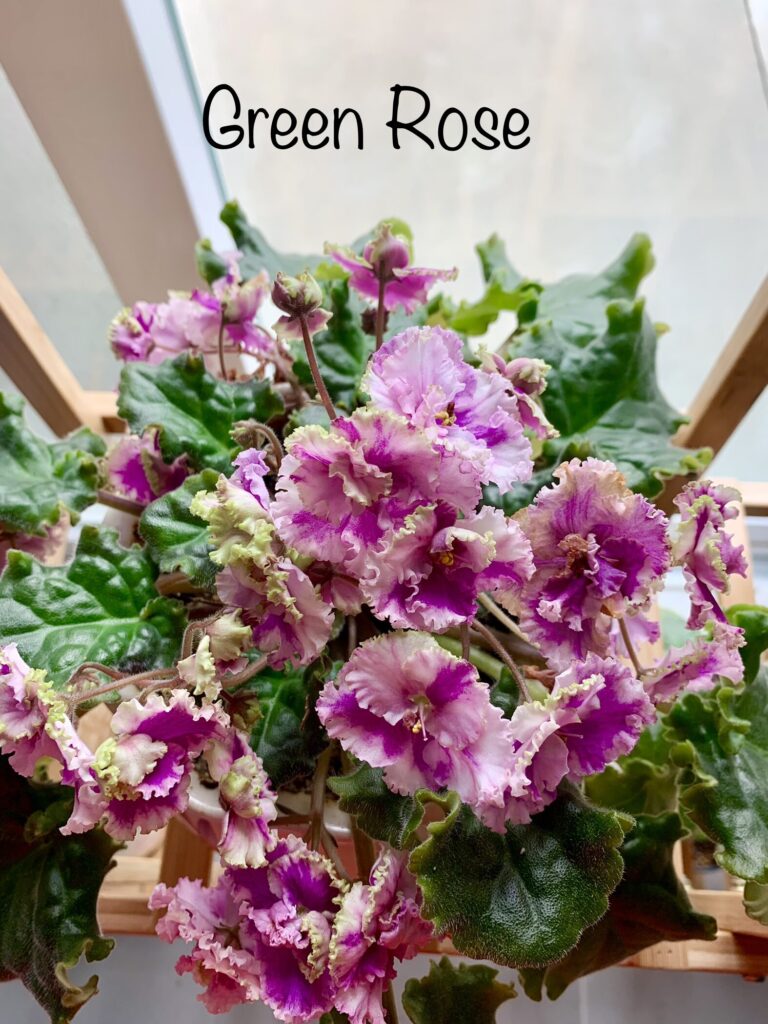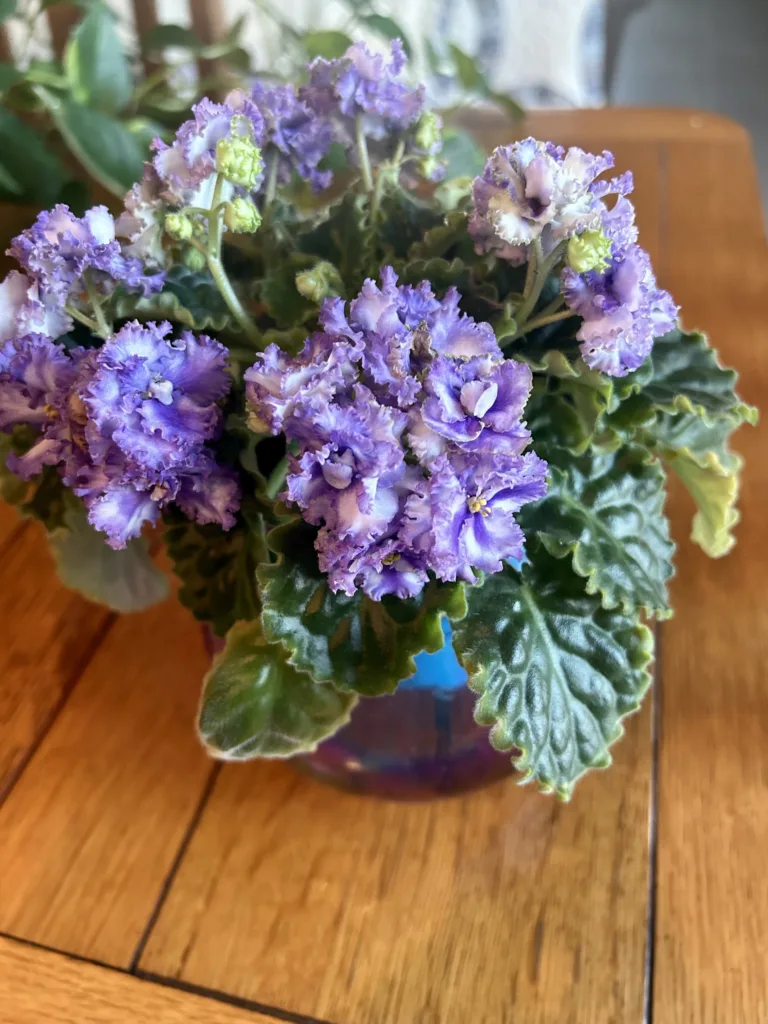
African violets are one of the most popular houseplants thanks to their soft, velvety leaves and colorful flowers. With the right care, these plants can bloom several times a year and live for many years. In this guide, you’ll learn everything you need to know about growing African violets. From the best soil and pots to watering, fertilizing, and pest control, this post will help you grow healthy and thriving plants.
Click here to check out my African Violet page for all my post on growing African Violets including soil mix, watering, AV pot types, DIY water wicking pots, types of AVs, fertilizing and grow lights.
The Best Soil for African Violets
Start with the right soil. African violets need light, fluffy soil that drains well. Regular potting soil holds too much water, which can cause root rot. Instead, use a soil mix made for African violets or make your own.
To create your own mix, combine equal parts of peat moss and perlite. This blend holds moisture without becoming soggy and allows air to reach the roots. I also like to add vermiculite to mine-I mix 2 parts peat moss, 1 part perlite and 1 part vermiculite. Experiment and see which soil mix works best for you. Good airflow in the soil keeps roots healthy and prevents fungal issues.
Choosing the Right Pot
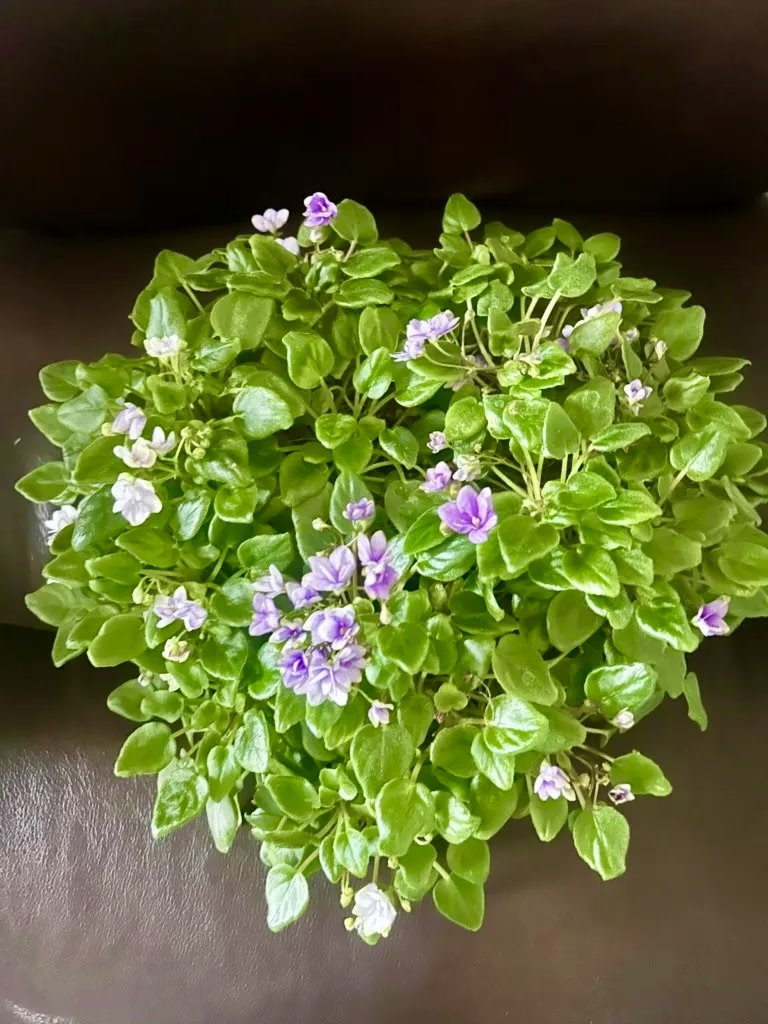
Picking the right pot is just as important as choosing the right soil. African violets grow best in small, shallow pots. Their roots like to stay slightly snug, which encourages blooming. A pot that is too large holds too much water, can cause root rot.
Plastic pots work well because they retain moisture and are lightweight. Clay/terra cotta pots are also a good option, especially if you tend to overwater. Clay allows moisture to evaporate through the sides, helping to dry the soil faster. Make sure any pot you choose has drainage holes. This prevents water from pooling at the bottom, which can cause root rot.
There are also ceramic African Violet pots where the outer pot holds water that the inner unglazed pot that holds the violet absorbs and keeps the soil moist.
How to Pot African Violets
When potting African violets, fill the bottom of the pot with your soil mix. Place the plant so that the crown (where the leaves meet the roots) sits just above the soil line. Gently fill in around the roots with soil and press lightly to remove air pockets.
Don’t bury the crown, or it may rot. After potting, water lightly to help the soil settle around the roots. Re-pot African violets once a year or when they become root-bound.
How to Water African Violets
Watering African violets the right way helps them stay healthy and bloom often. They like their soil to stay evenly moist, but not soggy. Let the top inch of soil dry out between waterings.
Always use room-temperature water. Cold water can shock the roots and cause leaf spots. You can water from the top or bottom, depending on your setup and preference.
African Violet Top Watering vs. Bottom Watering
Top watering is easy and works well when done carefully. Pour water gently onto the soil, not the leaves. Avoid splashing water on the leaves, as it can cause brown spots or rot. After watering, let the excess water drain out of the pot.
Bottom watering is another good option. Set the pot in a saucer of water for 15 to 30 minutes, or until the soil feels moist to the touch. Then, remove the pot and let it drain fully. This method helps avoid water on the leaves and encourages deep root growth.
Using a Water Wick
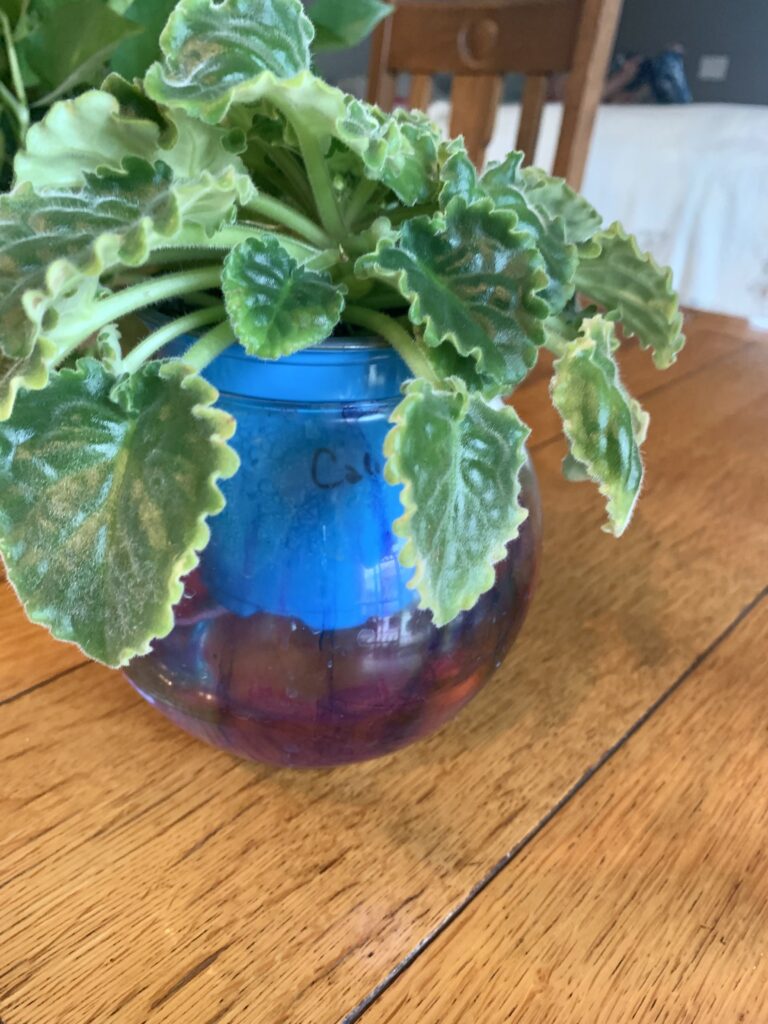
If you want an easy, low-maintenance watering option, consider using a water wick system. A wick, usually made of cotton or nylon-I prefer using nylon yarn, pulls water from a reservoir up into the soil as needed. This keeps the soil at the right moisture level without constant checking.
To use a wick, run the wick from the bottom of the pot into a container of water. The plant takes up water slowly, reducing the risk of overwatering. This setup works well if you’re away from home often or forget to water regularly.
How to Fertilize African Violets
African violets bloom more often when they get regular nutrients. Use a fertilizer made specifically for African violets. I prefer Schultz African Violet Fertilizer, have been using it for years. These blends include the right balance of nitrogen, phosphorus, potassium, and essential micronutrients.
Mix the fertilizer at half the recommended strength and apply it once a week during the growing season. Weekly feeding encourages steady growth and frequent blooming. Avoid over-fertilizing, which can cause leaf damage or poor flowering. If your plant stops blooming or the leaves turn pale, it’s often a sign that it needs more nutrients.
How to Propagate African Violets
You can grow new African violets from leaf cuttings. It’s a simple and fun way to create more plants.
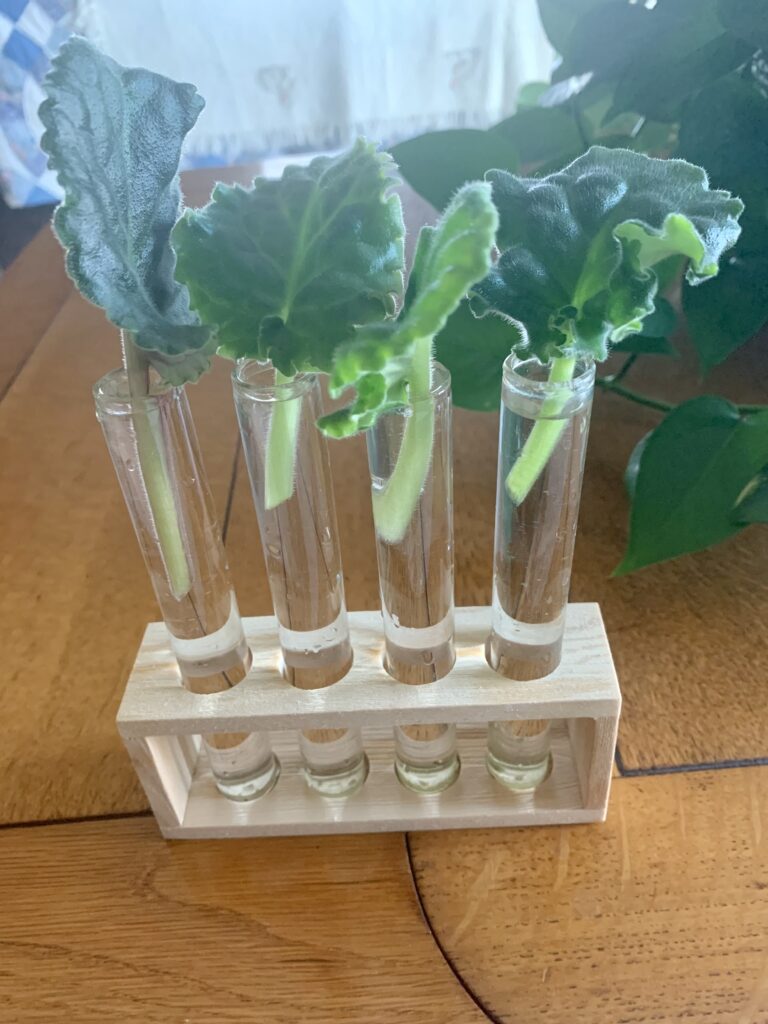
First, choose a healthy, mature leaf with a short stem (about 1 to 2 inches long). Cut the stem at a slight angle and insert it into moist AV potting mix. You can use a small pot or a tray with a clear lid to hold in moisture. Or my preference is water propagation. Place the cut stem in propagation station or use plant buddy’s to hold stem in vase of water so it does sink down into the water. Once your see roots, wait another 2 weeks and plant in AV soil.
Place the cutting in bright, indirect light and keep the soil slightly damp. In a few weeks, tiny new leaves will appear at the base. When they grow large enough to handle, gently separate them and plant them into small pots.
Common Pests and How to Control Them
African violets can attract a few pests, but early detection makes them easy to manage. Once you notice any pest isolate this plant so it doesn’t spread to your other violets.
Mealybugs
Mealybugs look like white cotton on leaves and stems. They suck sap and weaken the plant. Remove them by dabbing with a cotton swab dipped in rubbing alcohol. Repeat every few days until they’re gone.
Spider Mites
Spider mites are tiny but leave behind fine webbing. Leaves may look speckled or dry. Increase humidity and rinse leaves with water to knock off mites. In severe cases, use insecticidal soap.
Thrips
Thrips damage flowers and cause streaks or twisted petals. They can also spread viruses. Remove affected flowers and treat the plant with neem oil or insecticidal soap.
Fungus Gnats
Fungus gnats lay eggs in moist soil. Their larvae feed on roots. Let the soil dry out between waterings and use sticky traps to catch adults. I water mine with water with a tiny amount of dish soap mixed in. I water from the top until the water runs out of the bottom of the pot – this always gets rid of any gnats for me.
Keep Leaves Dry to Prevent Problems
Wet leaves can cause problems for African violets. Always water the soil, not the plant. If water gets on the leaves, gently blot it dry with a paper towel. Good air circulation helps leaves dry faster and keeps your plant healthy.
You can place a small fan nearby, but don’t point it directly at the plant. This helps prevent fungal issues and keeps the environment fresh.
Give Them the Right Light
African violets need bright, indirect light to bloom well. A north- or east-facing window is ideal. Avoid direct sun, which can scorch the leaves. If natural light is low, use fluorescent or LED grow lights. Keep the lights about 12 inches above the plants and leave them on for 12 to 14 hours a day.
Rotate the pot every week so the plant grows evenly on all sides. If leaves stretch toward the light or the plant looks leggy, it needs more light.
Final Thoughts on Growing African Violets
African violets reward good care with beautiful blooms and rich foliage. Use light soil, small pots with drainage, and water carefully to avoid soggy roots. Fertilize regularly but lightly, and keep pests away with clean habits and quick treatment.
With just a little attention, African violets can brighten your windowsill all year long. Try growing different colors and varieties to create a stunning indoor garden.
Please be sure to check out my Gardening Blog Post Page for more tips on all types of gardening. Including Seed Saving, Seed Starting, Orchids, Water Gardening, Coldframe Gardening, Indoor Bulb Gardening, Hydroponics, Container Gardening, Mums, Herbs, African Violets, planting Bulbs, Flower Gardening, Vegetable and Fruit Gardening, Indoor Houseplants of all kinds, Cactus, Succulents, Hanging plants, Deer resistant plants and even Bird, Bee, Butterfly and Hummingbird Gardens!
